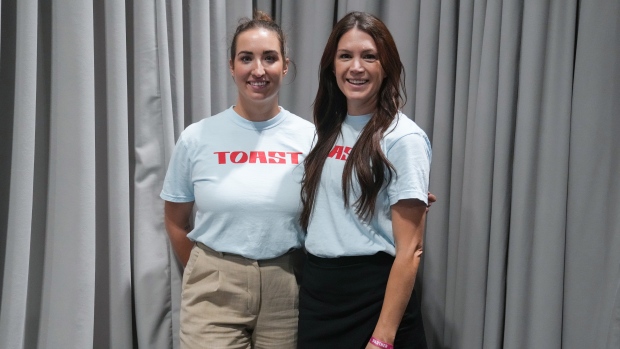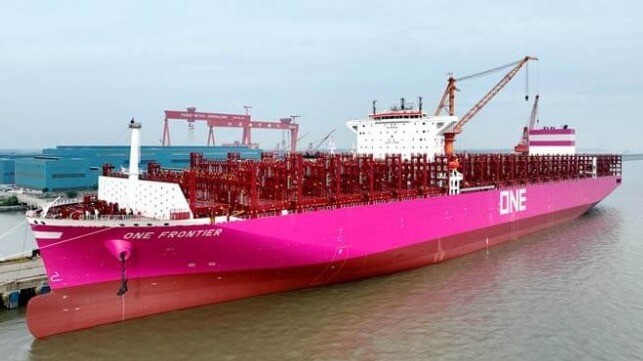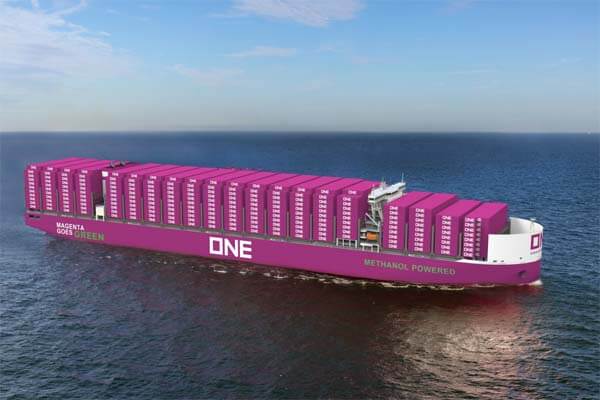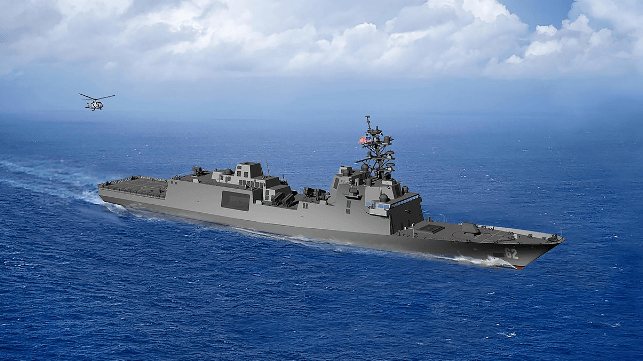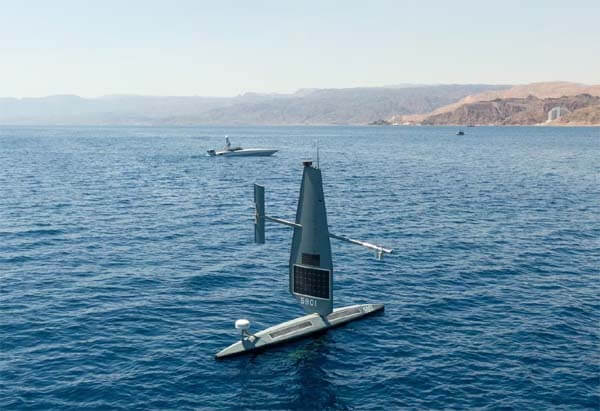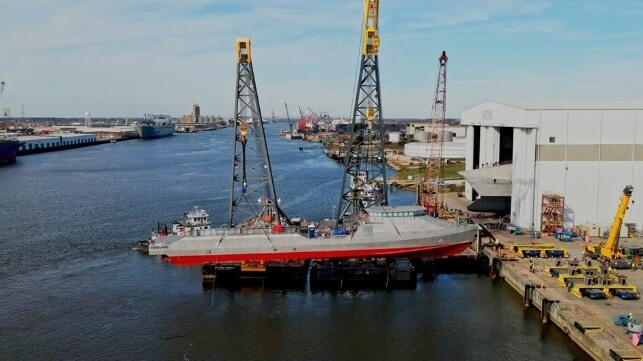As diversity, equity, and inclusion (DEI) initiatives come under fire from prominent billionaires, experts caution that women and people of colour are still massively underrepresented in leadership roles.
DEI policies have become common at many Canadian and U.S. institutions such as businesses and universities, in an effort to bring more diversity to corporate leadership structures.
Pushback again the policies has escalated in recent weeks, following the resignation of Harvard University’s first Black woman president, with Elon Musk and Lululemon founder Chip Wilson publicly stating their opposition to the movement.
But despite years of effort to bring more diversity to the corporate world, there have only been small inroads made by women and people of colour, according to Darren Rosenblum, associate dean of graduate studies at McGill University’s faculty of law.
In an interview with BNNBloomberg.ca, they said DEI policies are still needed to bring about change.
“I think there's a lot of room for further diversification,” Rosenblum told BNNBloomberg.ca in a telephone interview.
“For people to take this moment as an opportunity to push against that is really unwise because expanding the pool of leadership is an essential component of good governance.”
Wes Hall, executive chairman and founder of Kingsdale Advisors, has for years advocated for increased diversity and representation in Canadian boardrooms.
In an interview with BNN Bloomberg, he said DEI has often been unfairly used as a scapegoat for other issues organizations face, distracting from the policies’ true goals.
“The problem that a lot of people seem to be having is when it comes to all the problems that we see in the world today, they put it in the DEI bucket, saying if we didn't have DEI, we wouldn't have all these problems,” Hall said.
“Then (they think) when somebody gets an opportunity, it's not because they're capable of doing that job, it's because of this DEI movement … but DEI is really just about representation. Representation in the boardroom, representation in C-Suite and representation in society.”
HARVARD CONTROVERSY
Discussions around whether DEI policies are fair or even legal have been ongoing for years, but the conversation returned to the forefront this month following Claudine Gay’s resignation as president of Harvard University.
Gay, the first Black woman to ever hold the position, resigned following allegations of plagiarism, but first drew criticism for not strongly condemning antisemitism on campus in the wake of numerous reported incidents of anti-Jewish hate amid the ongoing war between Israel and Hamas.
A Harvard subcommittee and independent panel that investigated the plagiarism allegations against Gay found “a few instances of inadequate citation” in her past academic writing.
“It has become clear that it is in the best interests of Harvard for me to resign so that our community can navigate this moment of extraordinary challenge with a focus on the institution rather than any individual,” Gay wrote in an email to the Harvard Crimson earlier this month.
Prior to her resignation, billionaire investor and Harvard alumnus Bill Ackman was one of Gay’s most outspoken critics, leading calls on social media for her to step down.
Ackman has since turned his ire towards DEI policies, arguing in a social media post that Gay was not awarded her position by merit, but rather through efforts to diversify Harvard’s leadership, saying “she did not possess the leadership skills to serve as Harvard’s president.”
Fellow billionaires Elon Musk and Chip Wilson also chimed in on the broader issue, with Musk calling DEI “another word for racism.”
Wilson, the controversial founder of Canadian athleisure brand Lululemon, recently criticised his former company’s “whole diversity and inclusion thing,” in a Forbes profile.
“They’re trying to become like the Gap, everything to everybody,” he told the magazine. “I think the definition of a brand is that you’re not everything to everybody … you’ve got to be clear that you don’t want certain customers coming in.”
Wilson, who started Lululemon in 1998, stepped down from the company in 2013 and relinquished his board seat but remains a shareholder.
NEED FOR REPRESENTATION
Hall, who has worked with Ackman in the past, said he doesn’t see much merit in the current anti-DEI arguments, because he still sees a glaring lack of representation that needs to be intentionally addressed.
“If you go outside and it's a beautiful sunny day and somebody walks outside and says it's really gloomy and cloudy out, are you going to argue with that person? Probably not,” Hall said.
“But if it's somebody you respect saying that, you probably would be a little bit puzzled, maybe disappointed, because it's clear that the sky is blue, but I live the issue. I live it. I see the fact that there's representation that's lacking in certain circles.”
FEW PEOPLE OF COLOUR ON BOARDS: PROF
Rosenblum said that women used to be a rare sight in corporate boardrooms, but thanks to consistent and intentional efforts to include them, “we've seen the number of organizations with no women on their board plummet.”
But people of colour, and more specifically women of colour, are still massively underrepresented, they noted.
“The numbers are just nowhere near the level where there would be any justification for making a claim that there are people in leadership positions who are there solely because of their race,” they said.
Hall agreed with that sentiment, noting that “when people talk about DEI and they blame Black folks, for example, the numbers say otherwise.”
“The numbers suggest that Black and Indigenous (people) are at the very bottom of the totem pole in terms of people who are benefiting from DEI, but when it goes sideways, they're the ones that get the blame.”
Hall said that despite the recent pushback against DEI, he has meetings every day with people who are intentional about changing society for the better, with diversity in mind.
“There are a lot more people in this world who want to see good happen… than people who want to see the contrary,” he said.
